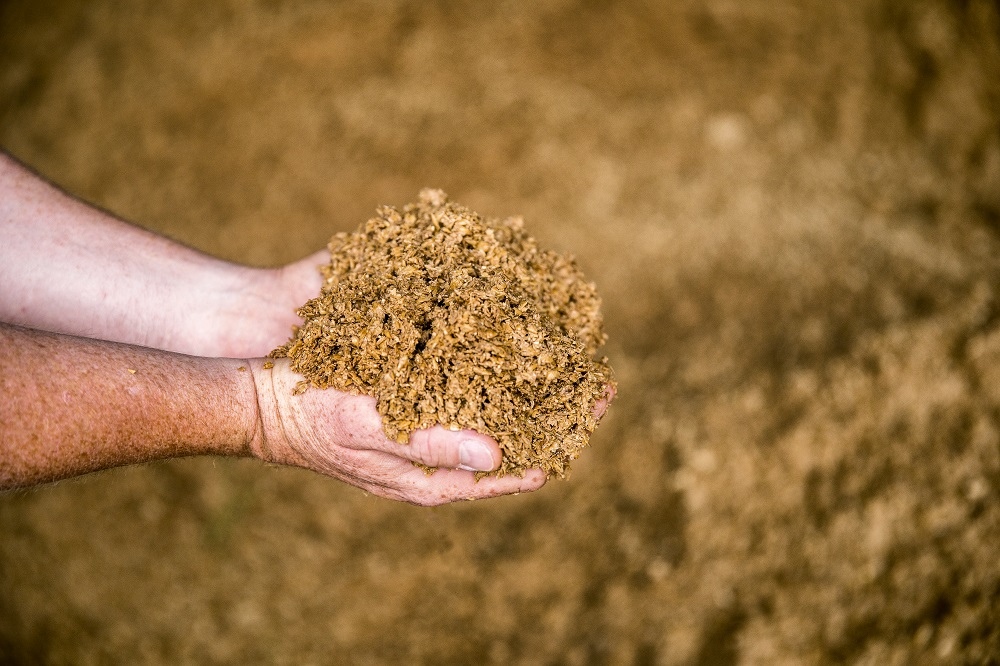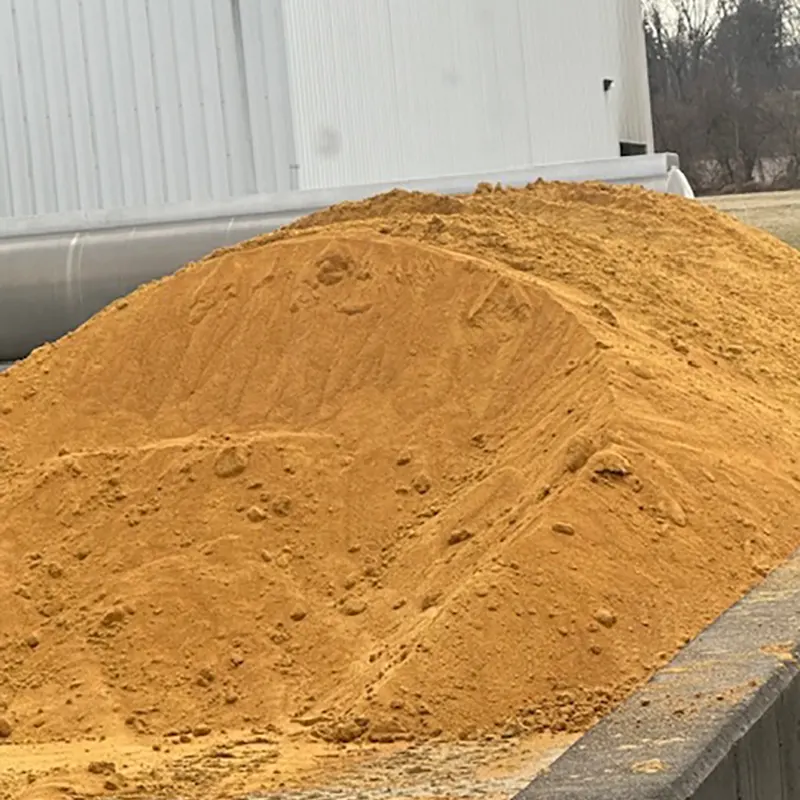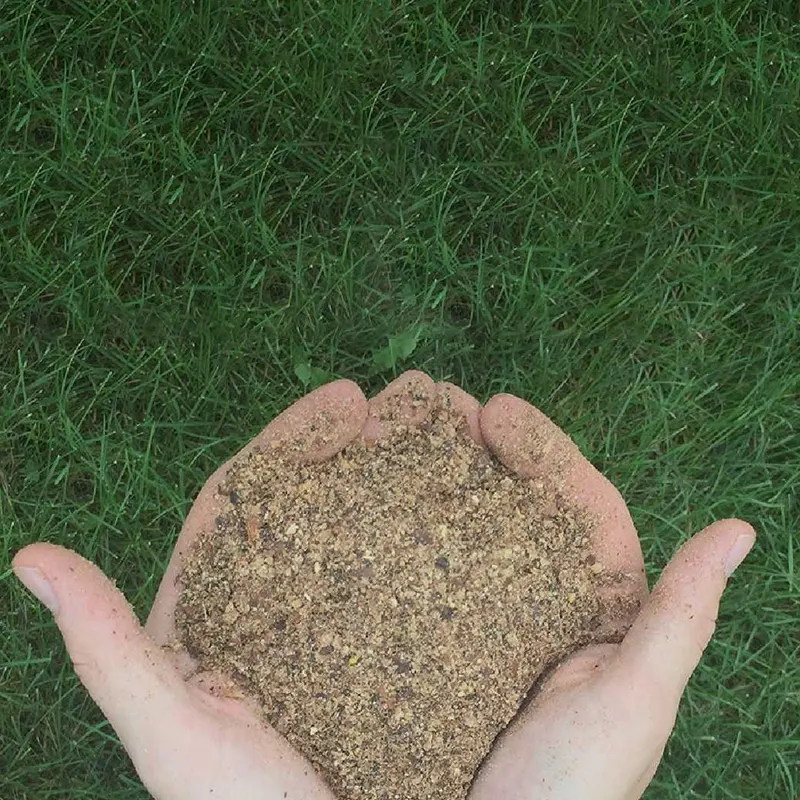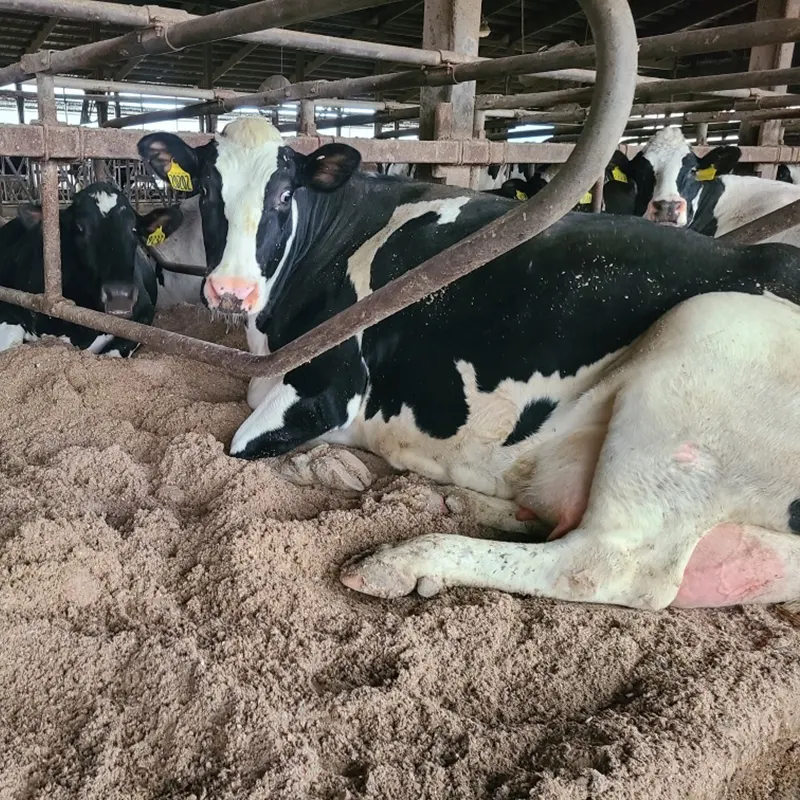
Brewers Grains
Region: Northeast
Brewers Grains is a co-product from the production of beer. Brewers Grains can be fed to all livestock in a wide range of feeding situations. Whether used as part of a total mixed ration (TMR), as a sole concentrate feed or even as forage replacer, care should be taken by you to ensure your diets are balanced.
Handling and Storage:
1 Select the right storage site
Brewers grains are delivered in bulk up to 30 tons. The storage site should be clean with a firm level concrete surface.
2 Handling at arrival
Allow the load to cool for 6-12 hours and ensile within 24 hours of delivery for best results. If pitting multiple loads, it is best to fill bunk as soon as possible and ensile.
3 Best storage practice
Brewers grains should be stored in a three-wall bunk (e.g 10ft wide × 36ft long × 7ft high). This reduces air exposure and makes management easier. A pit can also be made against a standing wall or on a flat surface.
4 Ensure airtight seal
To preserve the feed, correct compaction, covering and sealing to an airtight standard is important. To exclude all air, use the loader bucket to compact pit, smooth surface and eliminate cracks. Do not drive / walk on the grains pit. If using walls, plastic should be places inside the edges when filling to create an airtight envelope seal. Use high grade plastic sheet and weight down sides and the top appropriately.
5 Ensiling with other feeds
Mixing in Sugar Beet Feed, Soya Hulls or other high DM feeds gives added structure and helps stick the product together for easier storage. This generally enables the product to be stacked in a higher pit. Do not exceed total 65% DM of total mixture.


